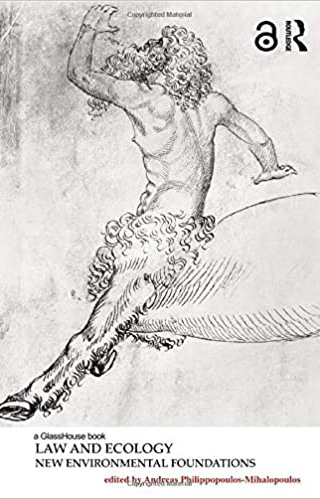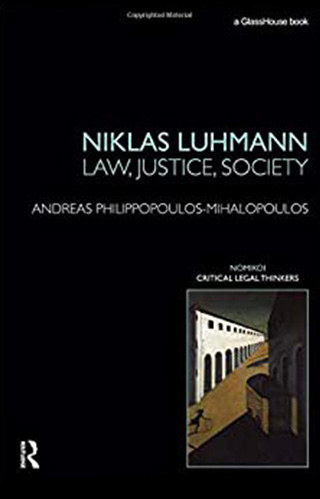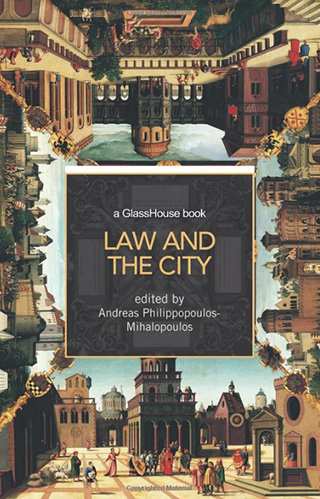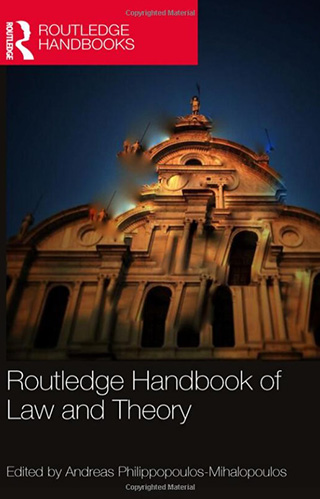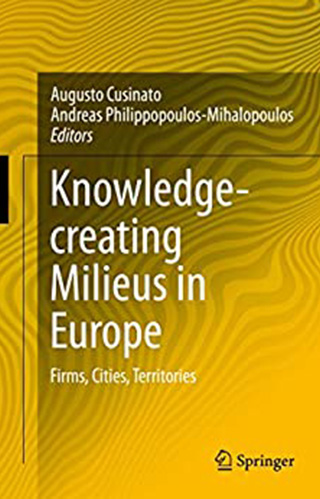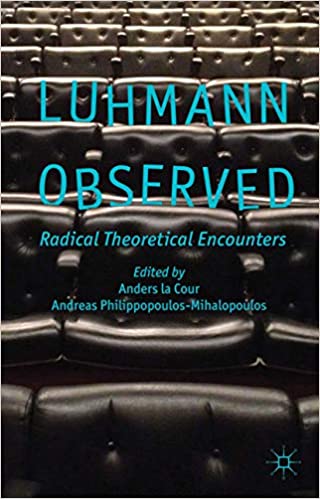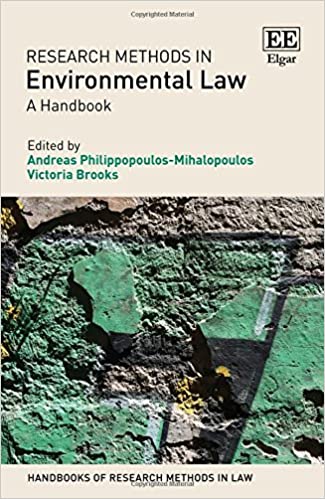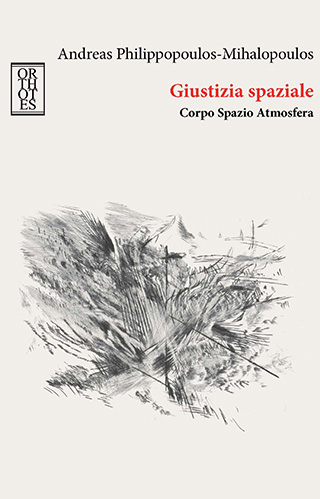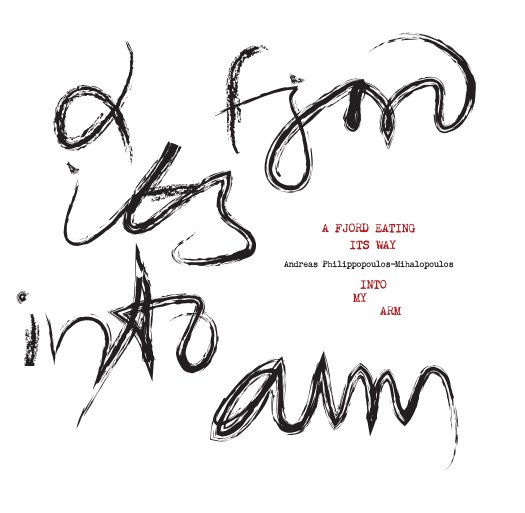My art practice is research-based and often informed by the kind of research I do in my academic practice. My concept of the lawscape (namely, the tautology amongst law, space and bodies) has featured in many of my performances and collaborations. My work on atmospheres informs my picpoetry. My work on Spatial Justice injects my art practice with a strong political relevance. And my art practice informs both my research into performance and visual arts, as well as my radical pedagogies.
WRITING
ARTIST’S BOOKS
A Fjord is Eating its Way into my Arm

The only fifty picpoems surviving picpoet’s suicide, collected in one volume, published by AND publishing Central Saint Martins London.
Click for preview below
SELECTED FICTION WRITING
The Book of Water Greek edition (Thines, Athens 2017)
English edition (ERIS, London 2020)
Vesper, Volume 1 ‘Super-Venice’, Venice 2020
a short story between prose and poem, about slow water, inhospitable mountains, impossible tasks, inane repetition, vast temporalities, screaming superegos and aquatic releases. It is of course a story about Venice. Commissioned for the inaugural issue of Vesper.
She would fall asleep with a taste of home on her lips
Journal of Visual Culture & Harun Farocki Institut, 29, 2020
a moving poem (video, recitation and accompanying text) commissioned by the Journal of Visual Culture and the Harun Farocki Institut. From the claustrophobia of domesticity of COVID 19 lockdown to the fury of a changing world during the BLM protests.
SELECTED ART WRITING
In Sasha Engelmann, Karina Pragnell (eds), The Aerocene Reader – Exhibition Road, Studio Tomás Saraceno, Berlin: Studio Tomas Saraceno, 2017
through an exploration of Tomas Saraceno’s project of the Aerocene, I am attempting a definition of ‘life’ on the basis of simultaneous connectivity (to be a part of) and withdrawal (to stand apart) based on Deleuze’s concept of a life. The text is accompanied by a set of photographs by the author.
The Palimpsests of Andre Kunkel
Andre Kuenkel 2012-2019 works catalogue, Berlin, 2019
a text about Andre Kuenkel’s paintings and the role of time. Time here is an elastic band, circumventing the surface of the painting, framing the absolute now, linking it to other paintings (there is always another painting, be it in the diptych, in the triptych, in the series, in the collection).
LIGHTER THAN AIR: THE LAWSCAPE OF THE ANTHROPOCENE (link to:
http://www.lesabattoirs.org/en/expositions/anthropocene-monument
part of Tomas Saraceno’s Monument to the Anthropocene, invited by Bruno Latour, Toulouse, October 2014
The Spectacle of the Cuming Collection
in Sophy Rickett and Judy Aitken (eds), Elephant Atlas: A publication on the exhibition Elephant Atlas, London: LCC, 2018
The archival spectacle unfolds only for the ones who have the time and dedication to look closely; but even then, it never unfolds fully. Every archive withdraws. In its core, there is an impenetrability that can never be pierced through. The Cuming Museum Collection, however, is a notch more impenetrable than usual.
The Law of Space: Delivery for Mr Assange
in Maite Borjabad López-Pastor (editor/curator), Escenografías de Poder: del estado de excepción a los espacios de excepción/ SCENOGRAPHIES OF POWER: FROM THE STATE OF EXCEPTION TO THE SPACES OF EXCEPTION: A Catalogue to the Exhibition, NYC 2017
a short piece, commissioned as a response to !Mediengruppe
Bitnik’s installation ‘Delivery for Mr. Assange A LIVE MAIL ART PIECE RRRRRRRRRRRRRRRRRRRRRRADICALREALTI ME’ Where is Assange? He is the vertigo of virtual freedom, the doyen of transversal movement, the freed-up diagonal that reigns over the virtual as a threat, comeuppance, justice, truth.
On the Line of the Horizon: Anxiety in de Chirico’s Metaphysical Spaces
in G. Ricci (ed.), Religion and Public Life Annual Series, Vol. 35, 2006
A study of Existential Anxiety through the visual semiotics of the paintings by Giorgio de Chirico and the texts of Soren Kierkegaard, Jacques Derrida and Niklas Luhmann.
Spatial justice in a world of violence
in C. Butler and E. Mussawir (eds), Spaces of Justice, London: Routledge, 2017, 2017
“Andreas Philippopoulos-Mihalopoulos opens the book with his latest contribution to his comprehensive project of re-theorising spatial justice with a piece titled ‘Spatial Justice in a World of Violence’. Through a close reading of the photographic series Fortunes of War, Life Day by artist Eric Lesdema, Philippopoulos-Mihalopoulos is interested in how these images reveal peripheral spaces at the edge of violence which impose an ethic of spatial responsibility on the viewer in the act of turning away and looking elsewhere.” Chris Butler and Edward Mussawir (eds)
Law and the aesthetic turn: Law is a stage: from aesthetics to affective aestheses
Research Handbook on Critical Legal Theory, Emilios Christodoulidis, Ruth Dukes and Marco Goldoni (eds), Cheltenham: Edward Elgar, 2019
Legal aesthetics is increasingly less about looking at law and aesthetics or art together, and rather about understanding the aesthetic practices the law employs in order to prove itself socially relevant. This is not an isolated legal phenomenon but largely a consequence of a shift in aesthetics as a whole, from the ontology of definition (beauty, art, sublime) to the new ontology of apparition (or staging). I engage with the shift from aesthetics of definition to aestheses of immersion, namely immersion into affects that involve sensorial and emotional responses.
In Feldman, Maxwell, Plants, Sells. (eds.), No Feedback: Performance in Context, London: Form 1, 2016
A study of No Feedback immersive theatre production on genocide from an atmospheric, affective, non-subjective perspective.
SELECTED THEORY WRITING
Atmospheres of Law: Senses, Affects, Lawscapes
Emotion, Space and Society 6(2), 2013
I deal with airs and sounds and scents. My field of enquiry is the interstitial area between sensory and affective occurrences. I suggest the concept of atmosphere, namely an attempt at understanding affective occurrences as excessive, collective, spatial and elemental. I employ a broadly Deleuzian methodology with insights from radical geography, affective studies, urban and critical legal theory in order to develop and link the various parts of the text.
Repetition: Deleuze and Kierkegaard on Law, Justice and Art
in Oren Ben-Dor (ed.), Law and Art, London: Routledge, 2010
In the final stage of his career, Giorgio de Chirico produced an interminable series of almost identical paintings that copied and only partly developed his successful early metaphysical period style. This was less of a performance and more of an income-generating exercise based on the high demand for his metaphysical paintings, especially the ones of the Piazza d’Italia. Still, the practice amounted to the production of what de Chirico called ‘extremely exact variations’. This poses questions on whether repetition is capable of generating difference. From this perspective, I compare de Chirico’s obsessive repetition with the normative repetition in law. The text considers the edifice of the law as the repeating practice of normative production and questions whether this can be repetition in the sense of producing difference. In such an edifice, awnings of justice can be observed, artfully posited against the horizon, as awnings capturing spaces of transcendence. This connection between the edifice and the horizon is described here as the awnings of justice. The argument is substantiated through a discussion on Kierkegaard and Deleuze’s theories of repetition.
Withdrawing from atmosphere: An ontology of air partitioning and affective engineering
Environment and Planning D: Society and Space, 2015
an atmosphere is politically suspicious because it numbs a body into an affective embrace
of stability and permanence. It becomes doubly suspicious because a body desires to be part of the atmosphere. For this reason, I rethink both affect and atmosphere ontologically rather than phenomenologically. I begin with air as the elemental paradox of ontological continuum and rupture.
Lively Agency: Life and Law in the Anthropocene
in I. Braverman (ed.), Lively Legalities, London: Routledge, 2015
I suggest the notion of a life, which I define in a way that is not limited to animate beings but as a process of simultaneous connection and withdrawal that characterizes a body in relation to other bodies. The main question the text addresses is the following: how can lively agency be defined across human/nonhuman and animate/inanimate distinctions, in a way that fleshes out a body’s juridical responsibility?


